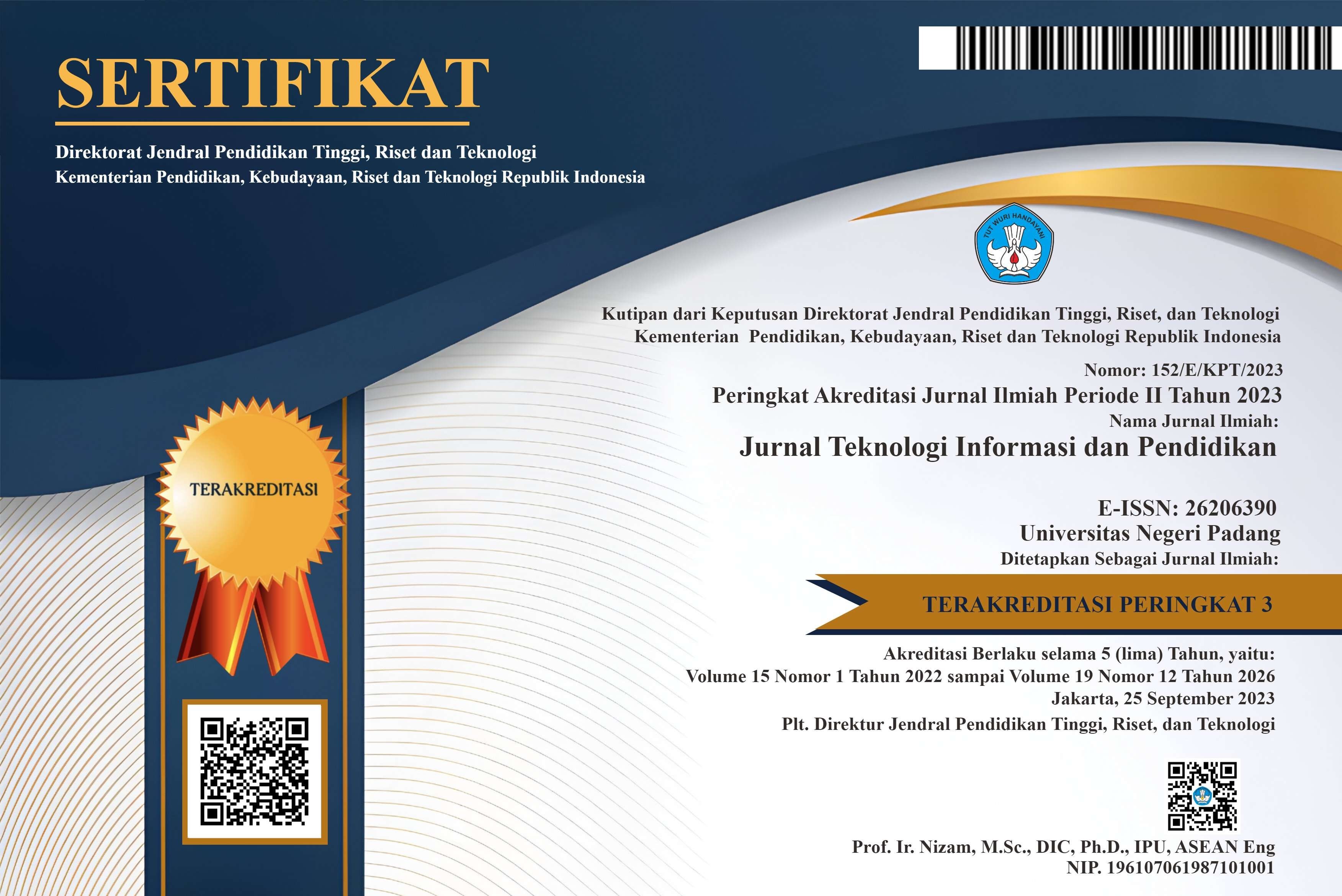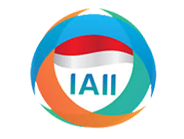APLIKASI PROGRAM ARC - SDM PADA PENGINDERAAN JAUH UNTUK PEMETAAN MINERAL EMAS
Abstract
The application of the Arc SDM program on remote sensing for gold minerals ini an area can be implemented by proving the compatibility of the result of the interpretation of satellite image with conditions in the study area. Remote sensing method is able to detect potential locations with mineral deposits occurrence that has certain characteristics that can affect a certain aspect of exploration activities, namely time efficiency. Remote sensing is an art and technique for obtaining information on an object, area or data analysis phenomenon acquired with a device without having to have direct contact with the object, area or phenomenon studied. In remote sensing, exploration activities play an important role in terms of isolating the potential of seed sediment based on remote sensing models. The use of remote sensing method can reduce exploration costs because it only focuses on detailed surface area of research that have more potential for the existence of minerals. By using this remote sensing method, we can determine specific area to explore, researching in detail in the shortest time possible. Mapping method for the mineralization geological exploration activities in the intended gold-bearing areas can utilize remote sensing data in the form of Landsat ETM satellite images. This method is expected to be able to produce accurate, valid and up-to-date data that makes it possible to create geological interpretation maps in a relatively short time (Rapid Mapping).
References
Berger & Henley, R.W, 1989, E Ephitermal Gold Deposit in Volcanic Terranes, 131 – 164. Blackie, Glasgow and London.
Bonham-Carter, G.F, 1998, Geographic Information Systems for Geoscientists Modelling with GIS, Pergamon, Ontario.
Caranza, J.M & Hale, M, 2002, Geologically Constrained Mineral Potential Mapping, ITC Publications No. 86, Nedherland.
Crosta, A.P & Robelo, A, 1993, Assesing Landsat TM for Hydrothermal Alteration Mapping in Central-Western Barzil, Calgary, Alberta, Canada, 1173-1187.
Hedenquist, J.W., Izawa, E., Arribas, A & White, N.C, 1996, Epithermal Gold Deposits : Style, Characteristics and Exploration. Society of Resource Geology, Tokyo, Japan.
Hilman, P.M, 2004, Mineral potential mapping for epithermal gold mineralization using Geographic Information Systems (GIS) technique, University of Western Australia.
Kemp, L, 2001, ArcSDM and DataXplore User Guide, US Geological Survey, Geoological Survey of Canada.
Muhari, Aldi Gustian, “Aplikasi Penginderaan Jauh (Remote Sensing) Menggunakan Landsat-8 Untuk Formasi Pembawa Batubara di Desa Salikung Kecamatan Muara Uya, Kabupaten Tabalong Provinsi Kalimantan Selatan”, Skripsi, Universitas Islam Bandung, Program Studi Teknik Pertambangan, Bandung, 2018.
Raines, G.L, 2001, Resources Materials for A GIS Spatial Analysis Course, U.S. Geological Survey, Washington.
Sugiyono Dr. Prof, 2017, Metode Penelitian Kualitatif, Alfabeta.
Sutanto, 1992, Metode Penelitian Penginderaan Jauh, Gadjah Mada University Press, Yogyakarta.
Soetoto S.U, Penginderaan Jauh untuk Geologi, Penerbit Ombak, Yogyakarta, 2015.
Tsoukalas, L.H & Uhrig R.E, 1997, Fuzzy and Neural Approaches in Engineering, Jhon Wiley and Sons, New York.
Wyborn, L.A.I., Galagher, R & Mernagh, T, 1995, Using GIS for Mineral Potential Evaluation in Areas with Few Known Mineral Occurences, In: Second National Forum on GIS in The Geosciences Forum, 199 – 211, Australian Geological Survei Organisation, Canbera.
Zadeh, L.A, 1965, Fuzzy sets. Information and Control 8, 338-353.
Copyright (c) 2020 JTIP: Jurnal Teknologi Informasi dan Pendidikan

This work is licensed under a Creative Commons Attribution-ShareAlike 4.0 International License.















.png)














